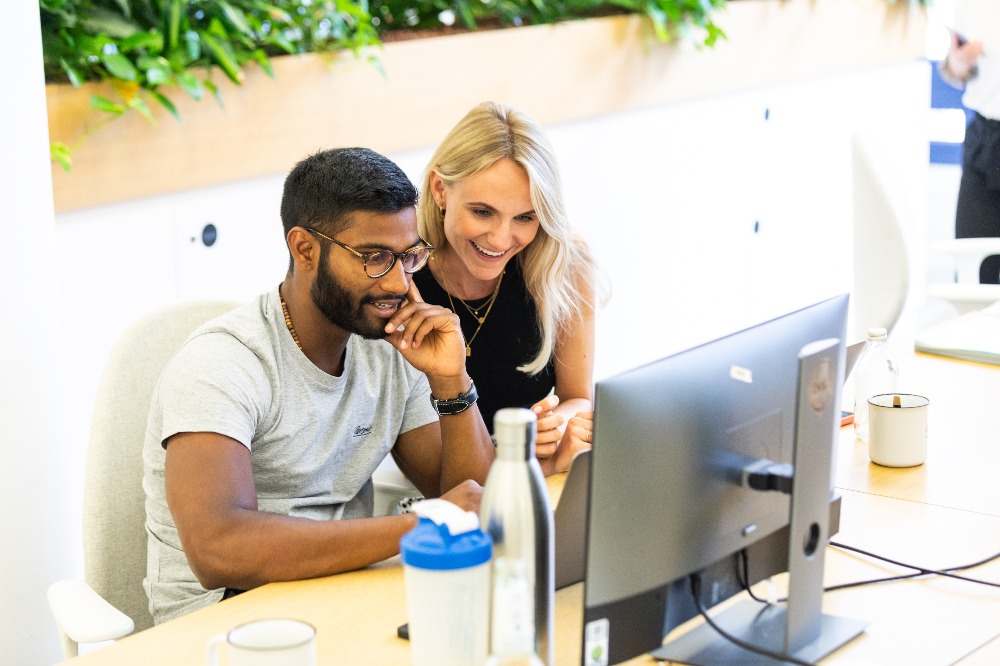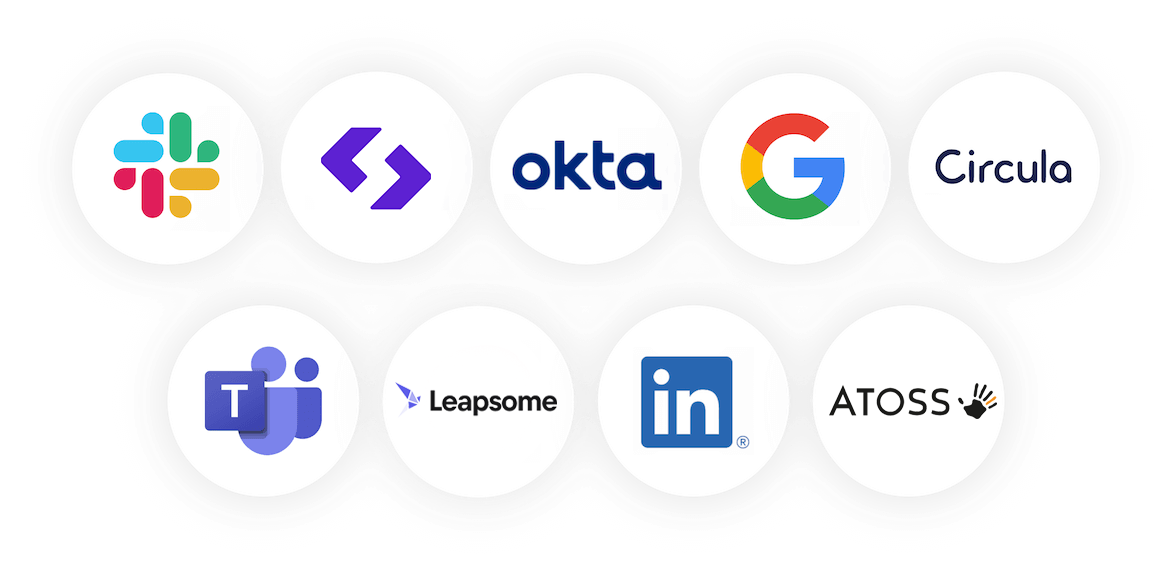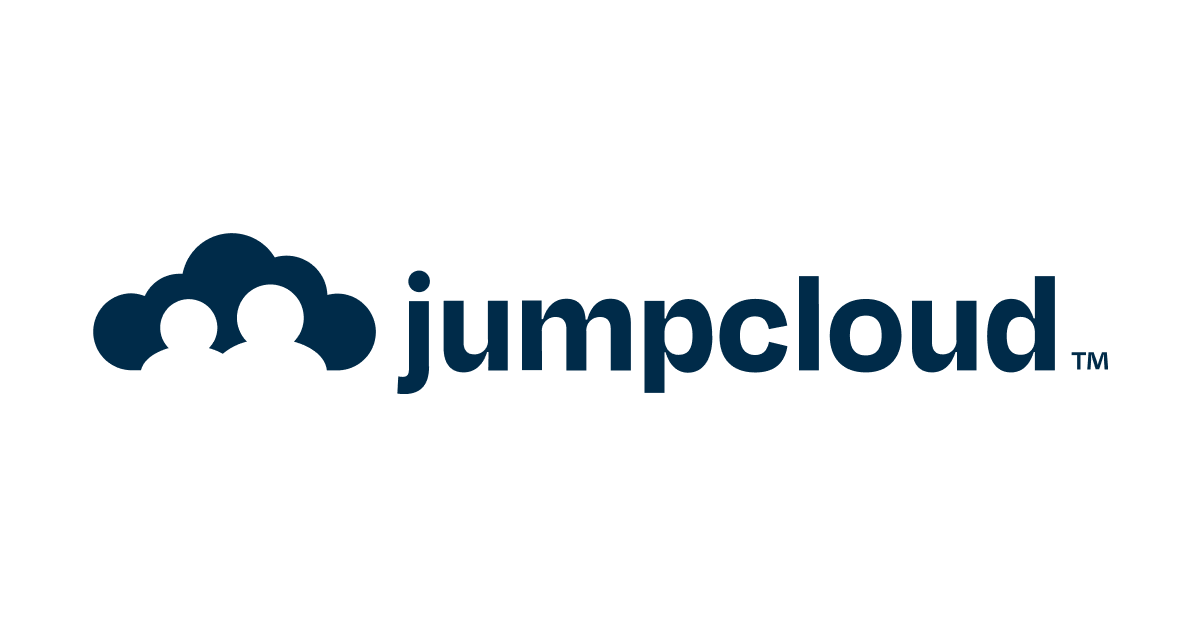15. February 2023
How to Improve Collaboration Between HR and IT Teams

HR and IT teams have a lot in common, but can also have very different ways of working. When it comes to setting up employees for success, what do both departments wish the other knew better?
We spoke to three IT and HR professionals from JumpCloud, who develop and support the leading open directory platform, to find out. Here’s what they had to say about working at the coalface of employee experience and how to get it right.
Need an employee experience refresher? Read our free employee lifecycle guide here.
Contents
- 1Mistake #1: You’re Not Aware of Each Other’s Pain Points
- 2Mistake #2: You Don’t Enable “Digital Coherence”
- 3Mistake #3: You Have No ‘Champion’ in Each Team
- 4Insight #1: Focus on the Foundations
- 5Insight #2: Provide Personalisation and Early Access
- 6Insight #3: Start Security Hygiene on Day One
- 7Above All, Be Patient With Each Other
Firstly, Where Do Things Tend to Go Wrong?
Mistake #1: You’re Not Aware of Each Other’s Pain Points
Although it may be human nature to get embroiled in daily tasks and lose sight of where a colleague from another department may be coming from, often we only notice when things don’t go smoothly.
Sandra Carmichael, JumpCloud’s HR Director EMEA, says that HR needs to reinforce to IT: “the importance of employee experience and how that feeds into the success of the organisation as a whole.” She urges that IT teams don’t forget that: “Employee engagement and motivation drives everything in terms of success. Working together to ensure it’s great can only end in a win-win.”
From an IT perspective, Principle Product Architect Juergen Klaasen shares that IT is heavily reliant on standardisation of processes. HR can help with this through “naming conventions, defined roles and titles, and clear service level agreements between departments.”
HR should also create clear expectations for just how much choice employees have for hardware and software as too much can add complexities.
Mistake #2: You Don’t Enable “Digital Coherence”
As great employee experience becomes increasingly heralded as HR’s secret sauce for 2023, IT and HR need to work more cohesively to achieve it. Juergen explains: “It’s mandatory for IT and HR to be seen as a business enabler rather than a necessity within an organisation.”
Post-pandemic, getting work done is not confined to a fixed location or schedule anymore, says Shawn. “IT is in the core position to enable HR (and many other functions) in creating so-called “digital coherence”. That is the idea of effectively getting a team together regardless of locations and time zones by leveraging technology.
Unsurprisingly, familiarity with technology is key here, as Sandra explains: “A great starting point for building culture in the era of hybrid working is being able to ensure that all employees are comfortable with the equipment they are provided.” We’ll share some advice for how to achieve that below.
Mistake #3: You Have No ‘Champion’ in Each Team
Ultimately, the two departments stand to learn a lot from each other. As Juergen explains: “IT can help to educate HR about technical capabilities, while IT also needs to fully understand requirements from HR.” Healthy synergy between both “can really boost the velocity and reliability for processes like onboarding, transition and offboarding.”
It’s also helpful to have dedicated champions on each team. Juergen explains: “Establish business partner roles in each team to break down silos and focus on joined objectives and outcomes.” Alternatively, you may want to establish a cross-functional team that works together on the same goal such as a dedicated onboarding team.
Principal Solution Engineer Shawn Song summarises: “Follow the same process, speak the same language and practise the same playbook. Create blocks for collaboration instead of building walls.”
Checklist: Step-by-Step to a Smoother Onboarding

Ensure great performance from day one. Download our onboarding checklist for a step-by-step guide to a perfect start.
Download The Checklist HereAnd How Can You Fix Them?
Insight #1: Focus on the Foundations
In an era of hybrid working, having the right equipment is non-negotiable. Sandra shares: “A great starting point is being able to ensure all employees are comfortable with the equipment they are provided. These are the fundamental tools that enable the individual to do their job well.”
Most importantly, don’t assume a one-size-fits-all approach will work when it comes to providing equipment. Sandra explains: “Don’t take for granted the importance of setting each and every individual up for success from the outset. Feeling valued and having your personal needs tailored to from the onset is essential to building a great collaborative culture.”
Insight #2: Provide Personalisation and Early Access
For Juergen, “the journey for employees starts way before day one of work”, onboarding is the first opportunity to really impress: “We need to ensure a smooth onboarding experience from first contact.” And IT and HR play a crucial role here. The key? Providing employees with early access ahead of time, says Juergen.
This includes everything from selection of hardware, software and required accessories and should happen “as early as possible so that everything is ready before the first day of work and productive work can start even sooner.”
Finally Juergen advises that you should try to prevent common problems before they arise: Access to applications and services should be established before first login. Similarly, new hires should be able to get their initial requests resolved in a number of hours as they complete their onboarding.
Insight #3: Start Security Hygiene on Day One
Speaking of the onboarding process, Juergen states that it’s a crucial time for HR to emphasise the importance of best practice when it comes to IT security policies. “HR should put these on the same level of significance as travel and expense policies and the code of conduct.”
Safe security practices should start from the moment employees log on for the first time. Shawn Song agrees: “Implement the necessary education about security throughout the onboarding period. Embed the knowledge, set the tone and cultivate the awareness as early as possible.”
Above All, Be Patient With Each Other
Often from the biggest differences comes the best learning. Shawn says: “Try to be understanding of the more technical (nerdy) mindsets and the more people-focused mindsets. Respect the security aspect and sometimes rigid obsession on data.”
One way to ensure better understanding is to simply not assume everyone has a technical mind, says Sandra: “Try providing employee ‘drop-in sessions’ for everyone to get the best out of technology.” This also allows for employees to perform to the best of their ability as they understand the capability of their equipment inside out.
Looking for an even smarter way to connect your IT and HR processes? Check out our integration with JumpCloud, the comprehensive open directory platform for identity, access, and device management that provides a full view of your environment from a single pane of glass.

Hannah Popham
Hannah is a Senior Content Marketing Manager at Personio. She loves writing about the ever-changing ways that we work and how they intersect with our lives outside work.


